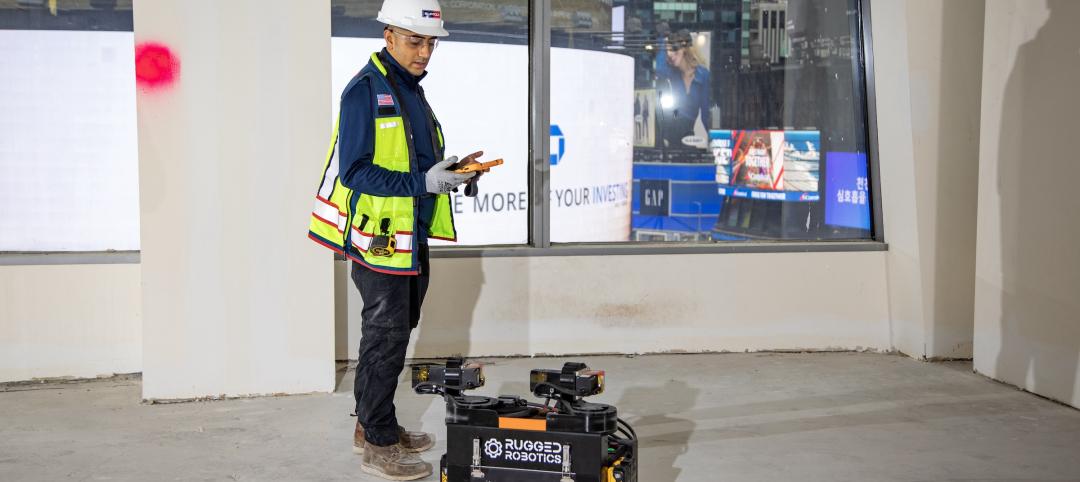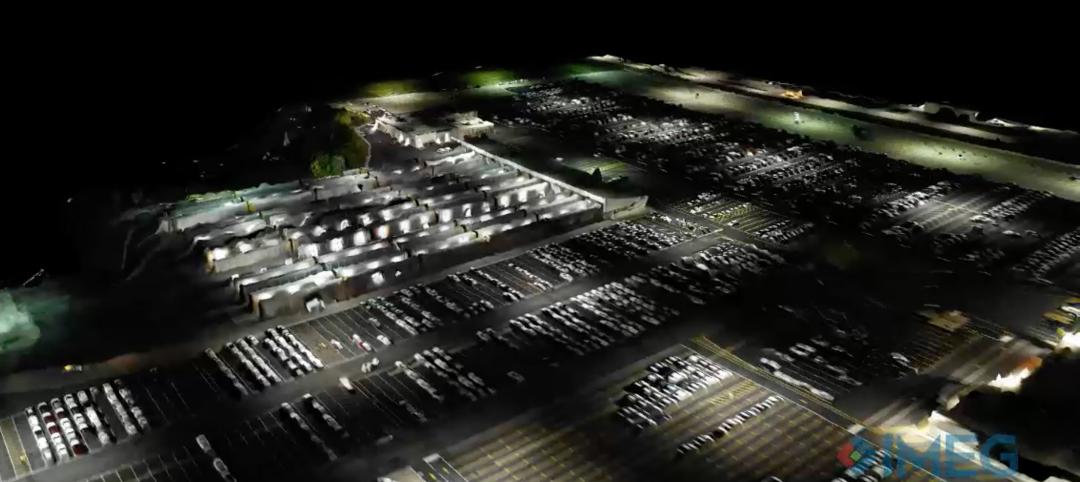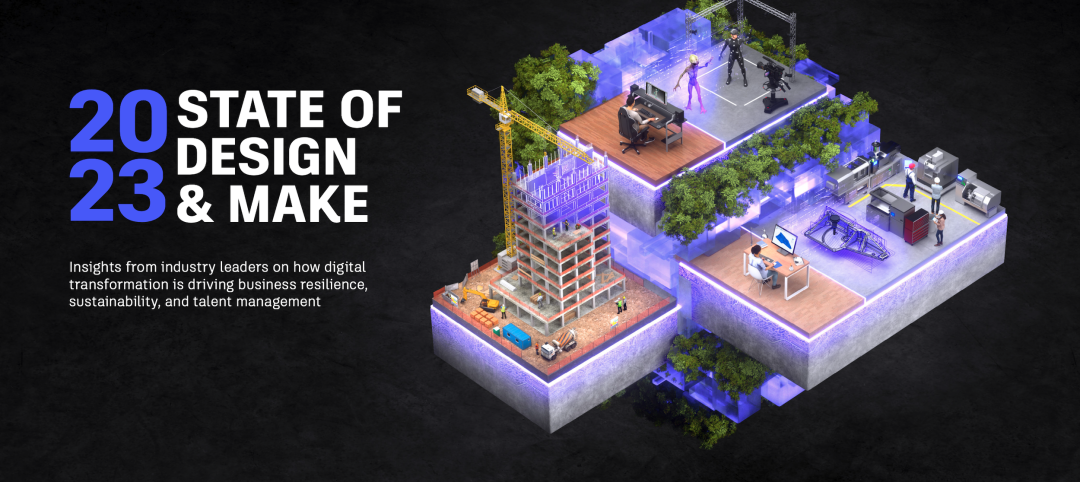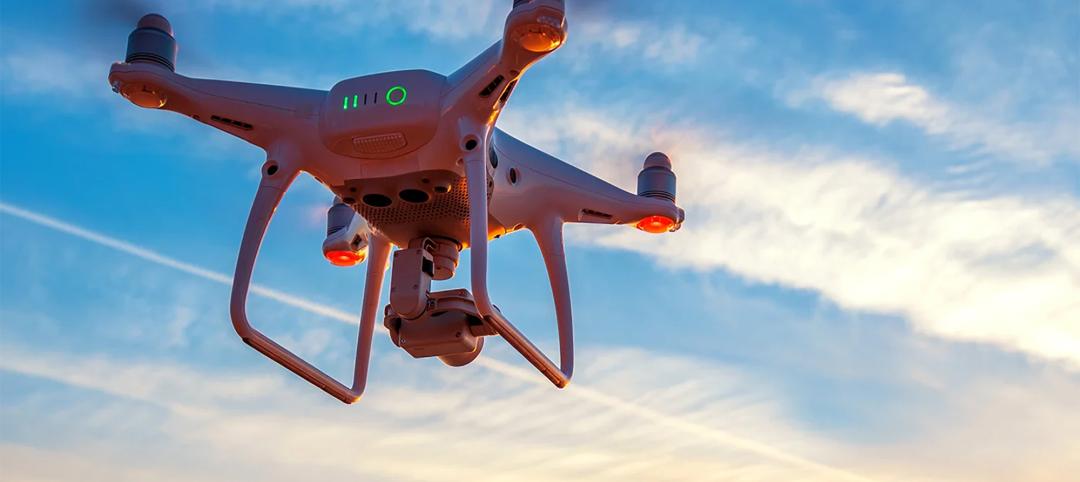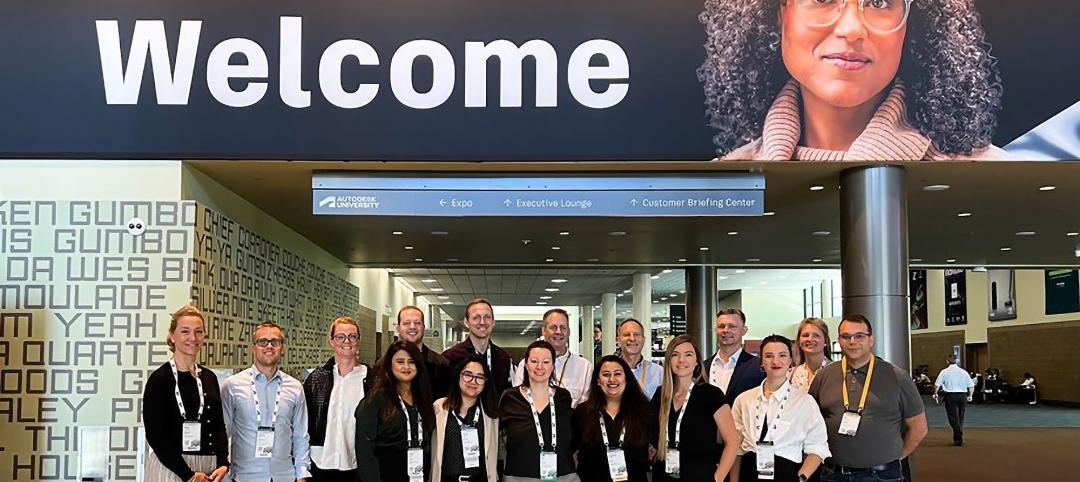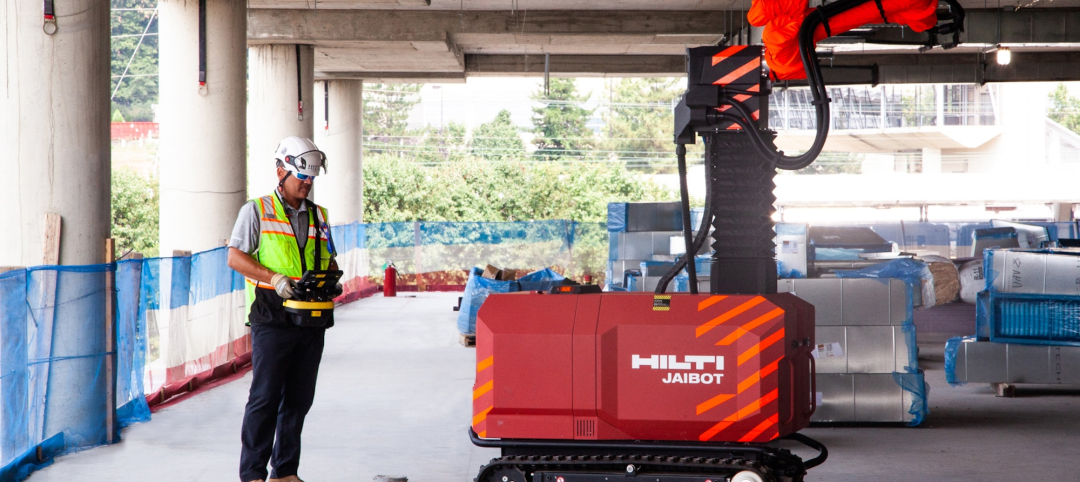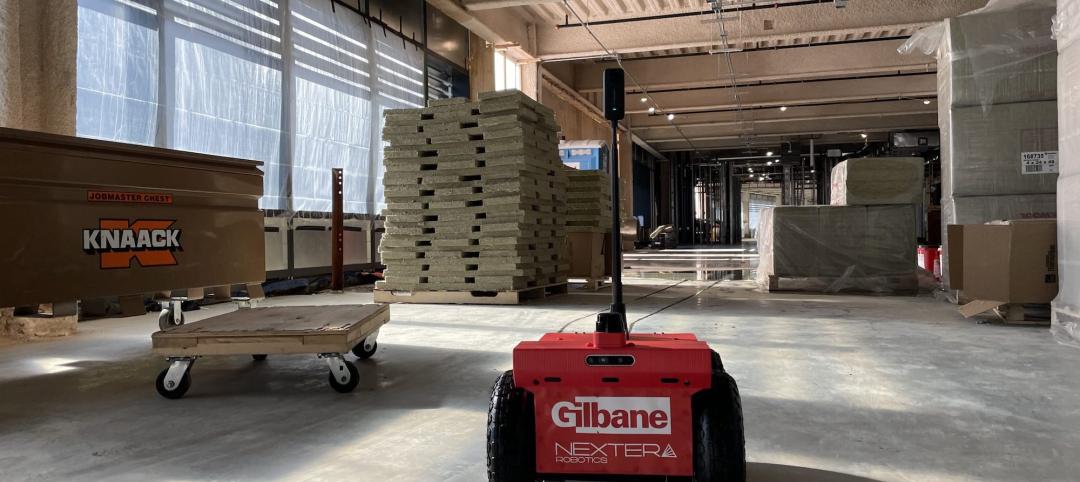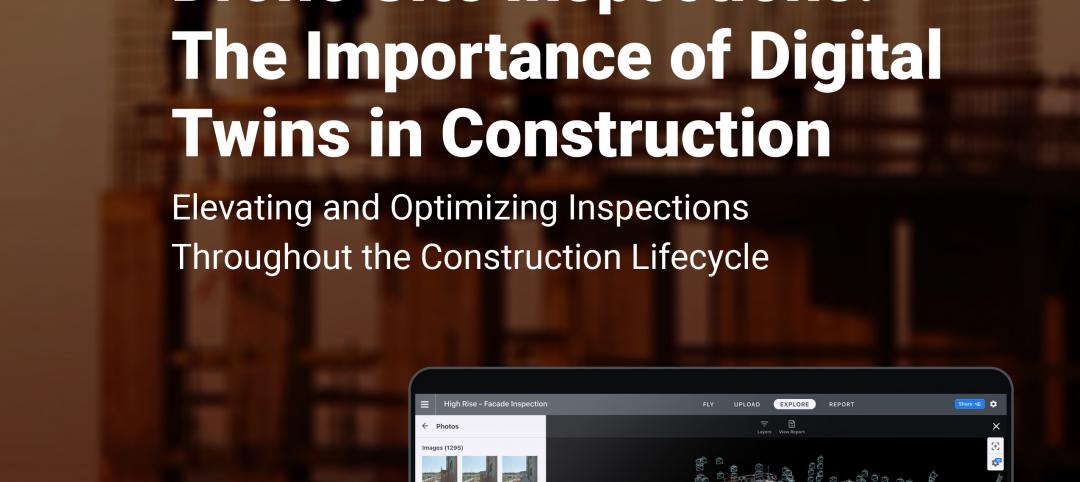In January, Skypan International, an aerial photography company, agreed to pay $200,000 to settle FAA allegations that it flew 65 illegal drone flights above New York and Chicago from 2012 to 2014.
Even though the FAA has broadened its parameters for operating drones, Garrett Hurley, whose firm, SD Aerial Media, San Diego, has shot footage on construction sites using drones, is convinced that 85-90% of drone operators aren’t FAA certified under the agency’s Part 107 rules or aren’t covered (as his firm is) by liability insurance.
At Autodesk University in Las Vegas last November, two virtual design coordinators from Brasfield & Gorrie, Hunter Cole and Jesse Creech, shared useful best practices for operating drones:
- Ensure the aircraft is registered with FAA, and the operator is certified. Under the FAA’s new rules, an operator no longer needs a pilot’s license, but must pass a background check and a 60-question test to be certified as a remote drone operator.
- Schedule flights at times when the fewest nonessential personnel will be present. FAA rules restrict flying over areas with people who aren’t involved in the construction or drone operation.
- Verify that the airspace isn’t restricted. Flights can’t be closer than five nautical miles to an airport or two nautical miles to a heliport. Verify weather conditions, which ideally should be clear with winds <10 mph.
- Secure permission for the flight from the project team and property owner, preferably a week in advance.
- Plan flight missions with all relevant data.
- Before flights, perform a hardware inspection of the drone to identify potential safety hazards like overhead wires or vertical structures.
- Record as much imagery as possible. Fly at the lowest possible altitude to get the best image quality. Amplify the photo overlap, which can help the software in registering the model. Supplement areas of interest with “angled” photos.
- Bring extra batteries. Most batteries can power drones for only about 20 minutes.
- Before leaving the job site, field-verify that you got what you came for, and that the UAS obtained a reasonable amount of photos.
- Put together an operations manual, says Trevor Wichmann, Senior Director with drone software provider Skyward.
Related Stories
AEC Tech | Sep 25, 2024
Construction industry report shows increased use of robotics on jobsites
Nearly two-thirds of contractors surveyed, who cited use of robotics on jobsites, are either using monitoring and/or service/labor robotics.
AEC Innovators | Feb 28, 2024
How Suffolk Construction identifies ConTech and PropTech startups for investment, adoption
Contractor giant Suffolk Construction has invested in 27 ConTech and PropTech companies since 2019 through its Suffolk Technologies venture capital firm. Parker Mundt, Suffolk Technologies’ Vice President–Platforms, recently spoke with Building Design+Construction about his company’s investment strategy.
Drone Software | Jun 12, 2023
Drones take site assessments to new heights
Eric Vallejo, Director of Reality Capture and Geospatial Solutions, IMEG Corp., discusses strategies for using visualization and reality capture.
Sustainability | May 1, 2023
Increased focus on sustainability is good for business and attracting employees
A recent study, 2023 State of Design & Make by software developer Autodesk, contains some interesting takeaways for the design and construction industry. Respondents to a survey of industry leaders from the architecture, engineering, construction, product design, manufacturing, and entertainment spheres strongly support the idea that improving their organization’s sustainability practices is good for business.
AEC Tech | May 1, 2023
Utilizing computer vision, AI technology for visual jobsite tasks
Burns & McDonnell breaks down three ways computer vision can effectively assist workers on the job site, from project progress to safety measures.
AEC Tech | Jan 27, 2023
Key takeaways from Autodesk University 2022
Autodesk laid out its long-term vision to drive digital collaboration through cloud-based solutions and emphasized the importance of connecting people, processes and data.
Giants 400 | Nov 14, 2022
4 emerging trends from BD+C's 2022 Giants 400 Report
Regenerative design, cognitive health, and jobsite robotics highlight the top trends from the 519 design and construction firms that participated in BD+C's 2022 Giants 400 Report.
Contractors | Nov 14, 2022
U.S. construction firms lean on technology to manage growth and weather the pandemic
In 2021, Gilbane Building Company and Nextera Robotics partnered in a joint venture to develop an artificial intelligence platform utilizing a fleet of autonomous mobile robots. The platform, dubbed Didge, is designed to automate construction management, maximize reliability and safety, and minimize operational costs. This was just one of myriad examples over the past 18 months of contractor giants turning to construction technology (ConTech) to gather jobsite data, manage workers and equipment, and smooth the construction process.




